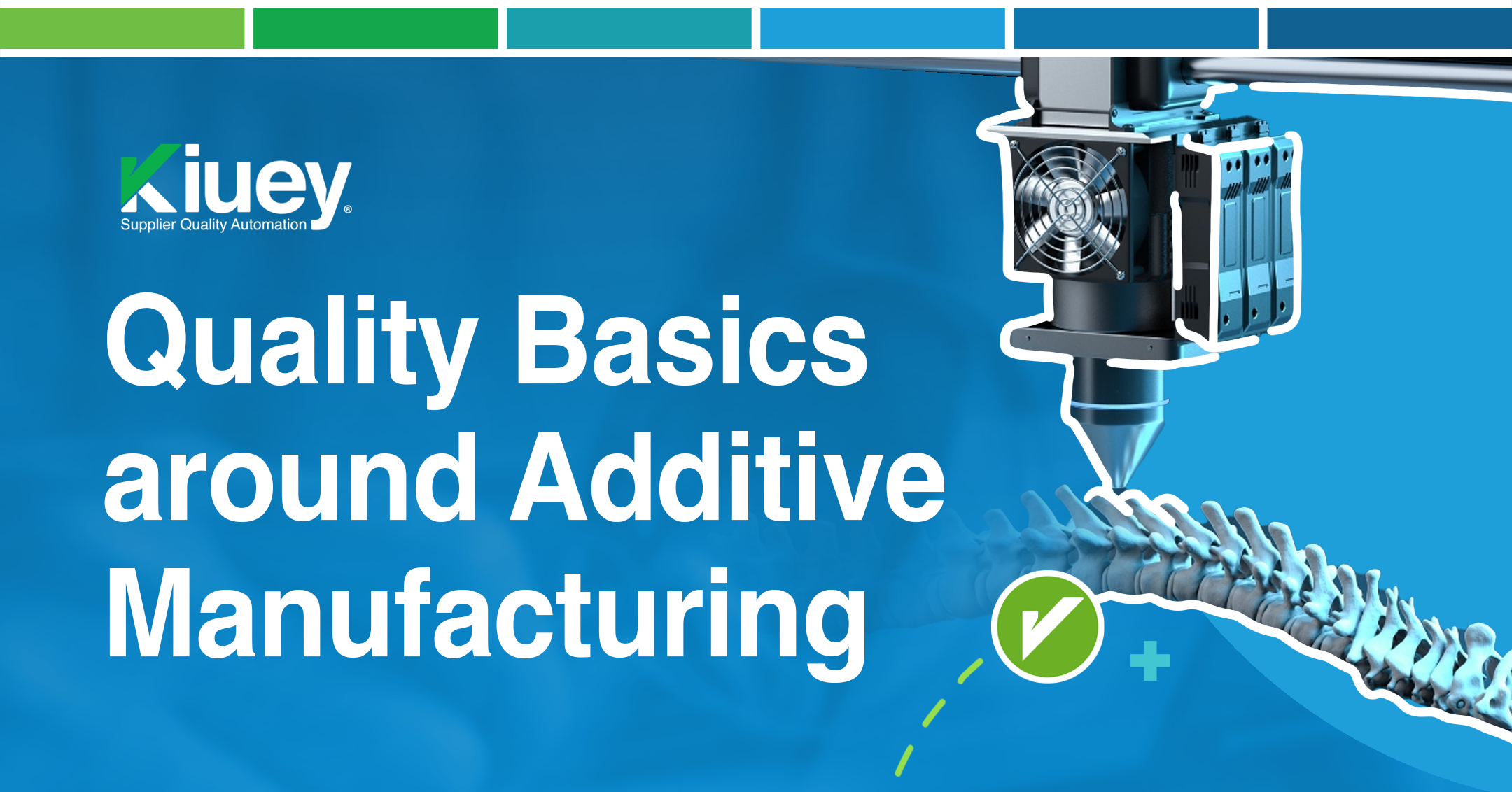Quality Basics around Additive Manufacturing
Additive Manufacturing (AM) has become a game-changer in various industries, offering unparalleled design freedom and process capabilities that traditional manufacturing methods cannot match. However, to facilitate the widespread adoption of AM, especially in highly regulated sectors like aerospace, medical, and defense, a significant challenge remains: the need for material property data to be shared across the design community, rather than being hoarded by a few large corporations.
Understanding AM evolution
AM technologies have evolved considerably since the 2010 rebranding from “rapid prototyping” (RP) to Additive Manufacturing by the ASTM F42 Committee. Initially, RP was primarily used for design concept models and prototypes, with applications limited to low-volume, non-critical parts. These parts, often produced by small service bureaus, did not typically require stringent quality controls. However, as AM began to infiltrate industries such as aerospace and medical devices, the need for robust quality management systems (QMS) became clear.
A significant milestone in this transition occurred in 2001 when Boeing, through its spin-off On Demand Manufacturing (ODM), used powder bed fusion (a form of AM) to produce cooling ducts for the F/A-18. This marked one of the first instances of AM being used for production aerospace parts. As AM’s role in high-stakes industries grew, so did the demand for stringent QMS like ISO 9001, AS9100, and ISO 13485. These systems ensure that AM processes meet the same standards of reliability and consistency as traditional manufacturing techniques.
Despite the growing adoption of AM, the implementation of QMS in these processes has been challenging. First, much of the knowledge required to produce “good” AM parts has been kept within a small pool of experts in the industry, leading to inconsistent results and frequent quality escapes. Second, AM is often classified as a “special process,” where slight variations in machine settings can lead to significant changes in part quality. This is in stark contrast to traditional manufacturing, where fixed processes and controls yield predictable outcomes.
The road ahead for additive manufacturing
The complexity of material property testing is another hurdle for the widespread adoption of AM. Unlike traditional materials, the properties of AM materials can vary widely depending on the process and machine used. Testing these properties across a range of conditions, such as temperature and mechanical stress, can cost upwards of $500,000 per material, with exotic materials like titanium alloys potentially costing over $1 million for comprehensive testing. This high cost restricts access to material property data, making it difficult for smaller organizations to incorporate AM into their design processes.
For AM to become a mainstream manufacturing method, material property data must be democratized. This can be achieved through industry collaboration and the establishment of consensus standards, such as those being developed by the ASTM F42 Committee. One of the major initiatives in this regard is the development of Work Item WK70164, which proposes a classification system for AM parts based on their criticality. This system will allow engineers to assign appropriate levels of quality control and testing depending on the potential consequences of part failure, from non-structural parts to highly critical components.
Another key initiative is Work Item WK75329, which focuses on nondestructive testing (NDT) standards for AM parts. This standard will provide clear guidelines on inspecting AM parts for process anomalies such as porosity and lack of fusion, ensuring consistency and reliability in AM production. Together, these standards will provide a robust framework for qualifying AM parts, making them comparable to traditionally manufactured components in terms of quality and reliability.
Conclusion
In conclusion, the future of Additive Manufacturing hinges on the ability to share material property data and establish universal quality control standards. By breaking down the barriers to access and ensuring that data and best practices are freely available, AM will become more accessible to a wider range of industries.
As the cost of qualification decreases and standards become more standardized, AM will increasingly be seen as a viable alternative to traditional manufacturing techniques, particularly in high-value sectors like aerospace, medical devices, and defense. The ongoing efforts of the ASTM F42 Committee, along with other industry initiatives, are laying the groundwork for this transformation, ensuring that AM will soon become an essential tool in the manufacturing ecosystem.





